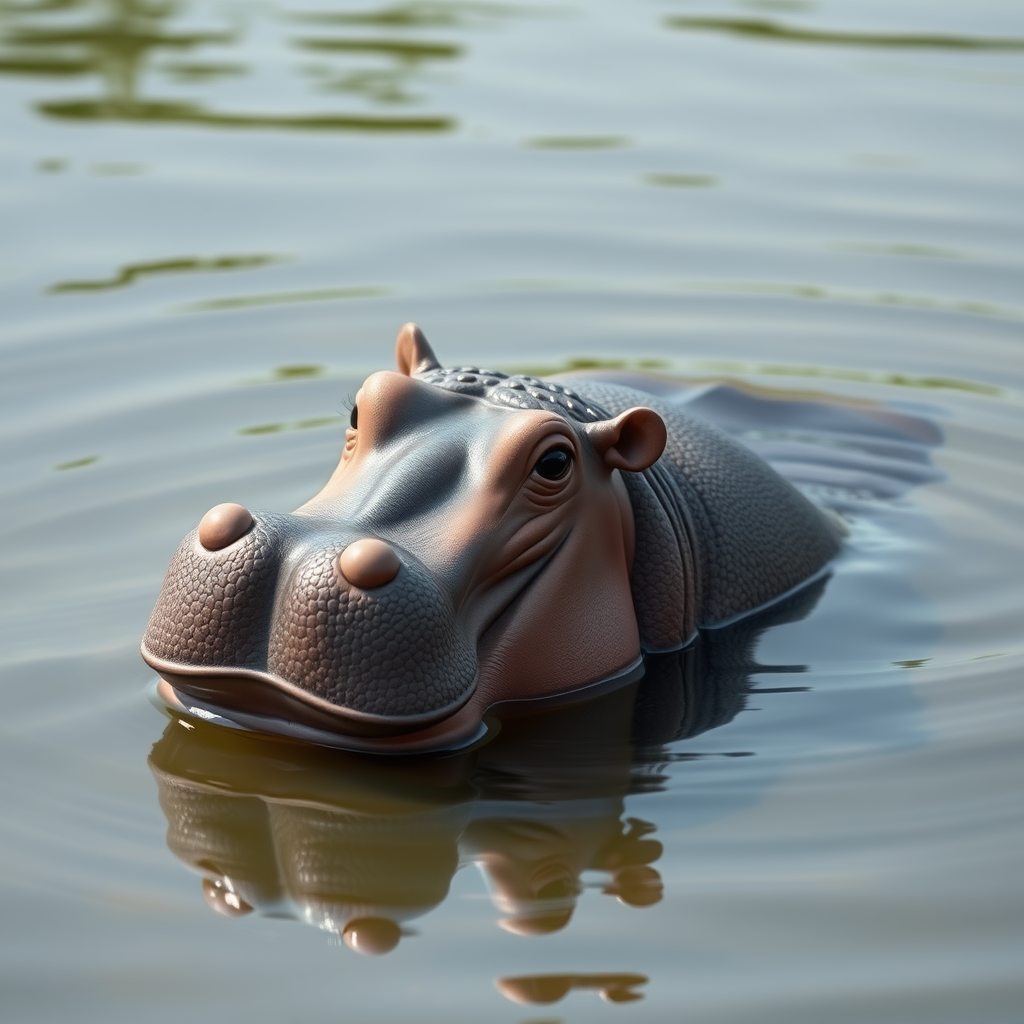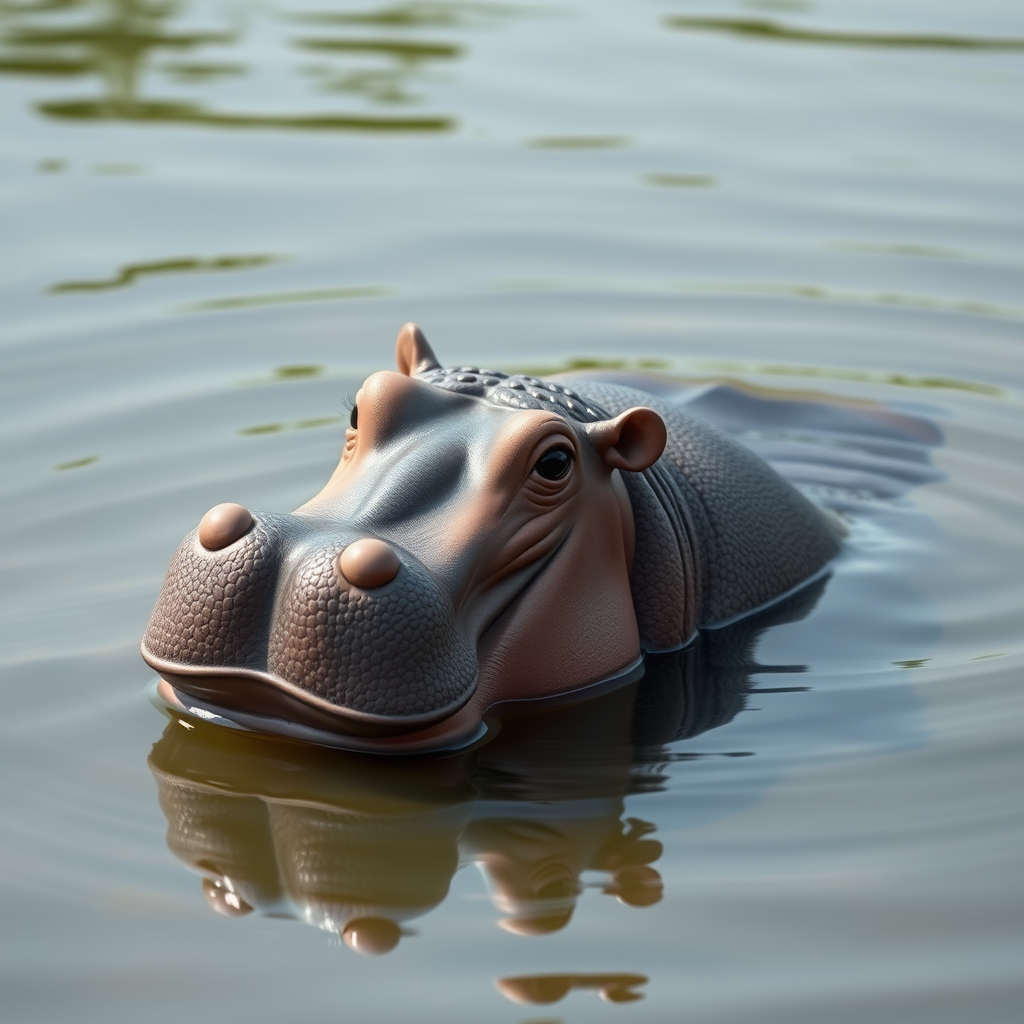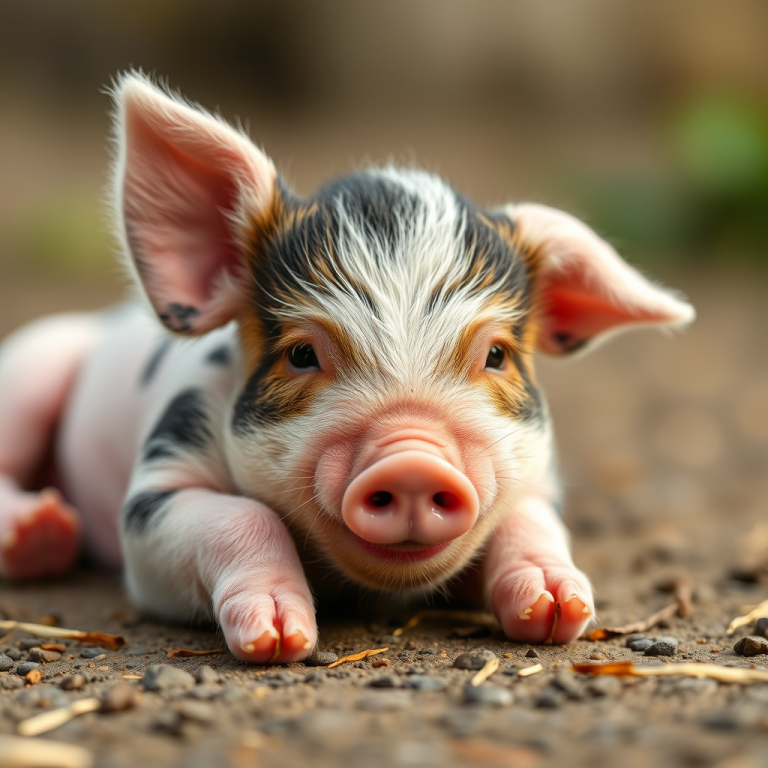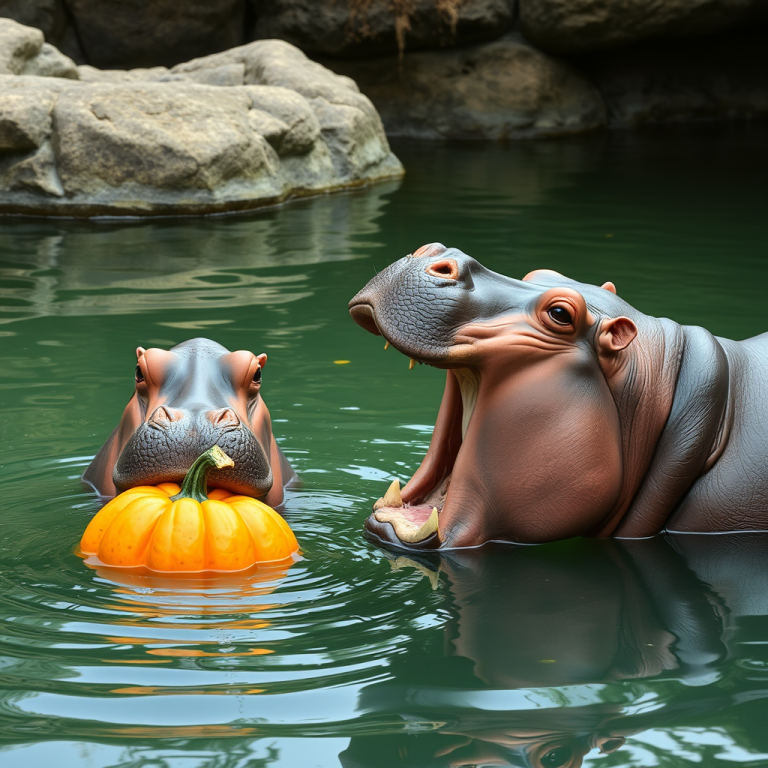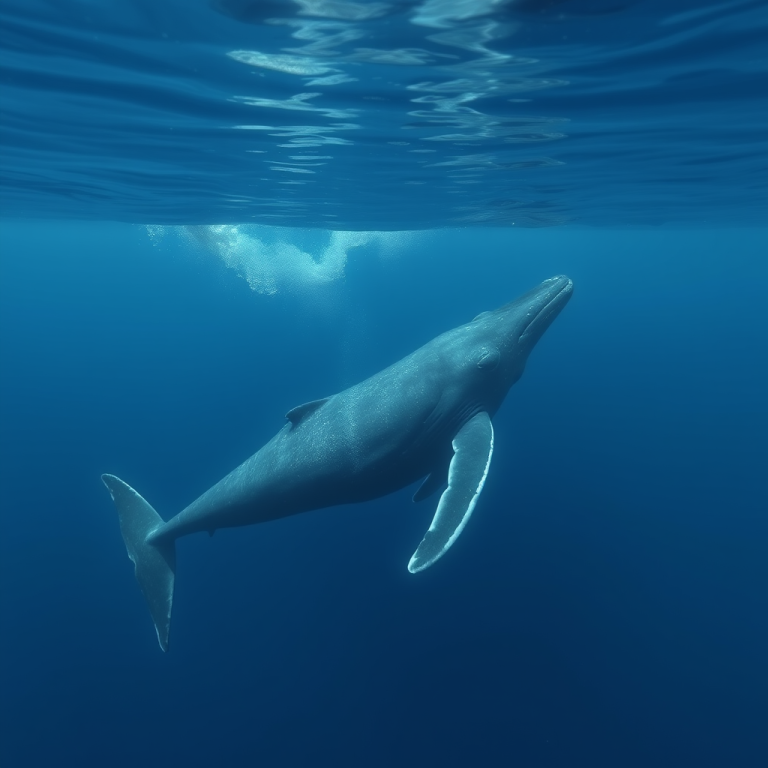Hippos and Their Life in Water
More Than Just a River Animal
When people think of hippos, the first thing that comes to mind is usually a giant gray blob floating in a muddy river. But hippos are so much more than that. They’re powerful, complex, and fully tied to the water in a way most land animals aren’t. The water isn’t just a place they hang out—it’s the core of their daily life, from birth to old age.
They Don’t Swim—But They Move Like It
Here’s the wild part: hippos can’t actually swim. Not in the usual sense, anyway. Instead of paddling like a dog or gliding like a fish, they walk underwater. They push off from the bottom of rivers and lakes, using their heavy weight to sink and strong legs to move in slow, bouncy steps. Sometimes they look like they’re floating, but they’re actually controlling their movement by adjusting their breath and body position.
Built for the Water
Everything about a hippo’s body screams water survival. Their eyes, ears, and nostrils are placed high up on their heads, which means they can keep nearly their entire body underwater and still be fully alert. They only need to lift the tiniest part of themselves above the surface to breathe, watch for threats, or listen for calls from other hippos. And they do all of that while barely making a ripple.
Sleeping Underwater, Surfacing in Their Sleep
One of the craziest things about hippos is their ability to sleep underwater. They have a reflex that brings them up for air without waking them. Every few minutes, their body just rises, takes a breath, and sinks again. It’s natural and automatic, and it shows how deeply connected they are to the water—they don’t even need to be awake to survive in it.
Raising Families in the River
Hippo moms usually give birth in shallow water, and their babies, called calves, can swim from the jump. Calves often rest on their mother’s back or stick right beside her, learning the flow of the river and watching how the adults interact. Moms are super protective and keep their babies close, shielding them from bigger males and potential predators. Water gives the young ones a safe space to grow and bond.
Territorial but Social
Hippos are surprisingly social animals. They live in groups called pods or bloats, and while they spend a lot of time packed together in water, there’s still a clear pecking order. Male hippos are territorial and will fight to control parts of a river, especially during mating season. These fights can get violent—hippos have some of the biggest mouths in the animal kingdom, and they’re not afraid to use them.
Feeding at Night, Floating by Day
Hippos don’t eat in the water—they graze on land. At night, they leave the river and walk up to six miles just to find fresh grass. They feed for hours, then return to the water before sunrise to rest, cool off, and socialize. During the day, they’re mostly still—just bobbing in the water, letting their massive bodies stay cool and hidden from the sun.
Final Thoughts
Hippos may not be the flashiest animals in the wild, but the more you learn about them, the more fascinating they become. Their connection to water is more than just about staying cool—it’s about survival, family, power, and peace. Whether they’re gently gliding just below the surface or standing their ground in a bubbling river, hippos move through their world with quiet confidence. They remind us that true strength doesn’t always need to be loud. Sometimes, it just floats—watchful, steady, and untouchable.
If you’re curious about the wonders of wildlife, stick around—there’s a whole world to explore at Wonder of Wild.
